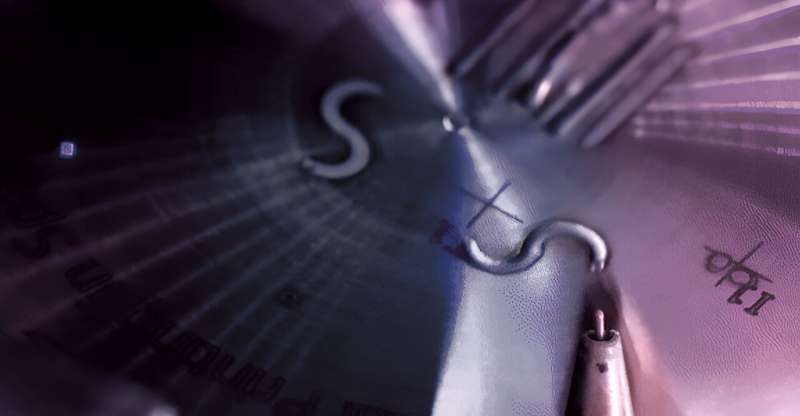It reached the ISS back in January. ESA astronaut Andreas Mogensen then installed the approximately 180-kg payload in the European Draw Rack Mark II, part of ESA's Columbus module.
The Metal 3D Printer's design is based on stainless-steel wire being fed into the printing area, which is heated by a high-power laser, about a million times more powerful than a standard laser pointer. As the wire dips into the melt pool, the end of the wire melts so that metal is added to the print.
The print process is overseen entirely from the ground. All the onboard crew has to do is open a nitrogen and venting valve before the printing starts. For safety reasons the printer operates within a fully sealed box, preventing excess heat or fumes from escaping.
Four shapes have been chosen for subsequent full-scale 3D printing, which will later be returned to Earth to be compared with reference prints made on the ground in normal gravity.
ESA materials engineer Advenit Makaya from the ESA's Directorate of Technology, Engineering and Quality, has advised the project. "Two of these printed parts will be analyzed in the Materials and Electrical Components Laboratory at ESTEC in the Netherlands, to help us understand whether prolonged microgravity has an effect on the printing of metallic materials. The other two will go to the European Astronaut Center and the Technical University of Denmark, DTU," said Makaya.
One of ESA's goals for future development is to create a circular space economy and recycle materials in orbit to allow for a better use of resources, such as repurposing bits from old satellites into new tools or structures. An operational version of this metal 3D printer would eliminate the need to send a tool up with a rocket and allow the astronauts to print the needed parts in orbit.
Provided by European Space Agency



